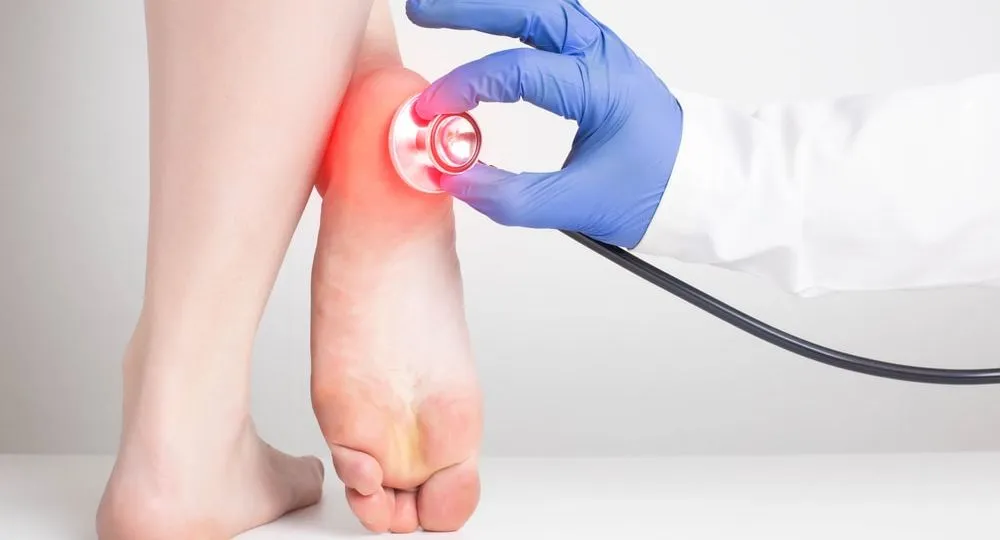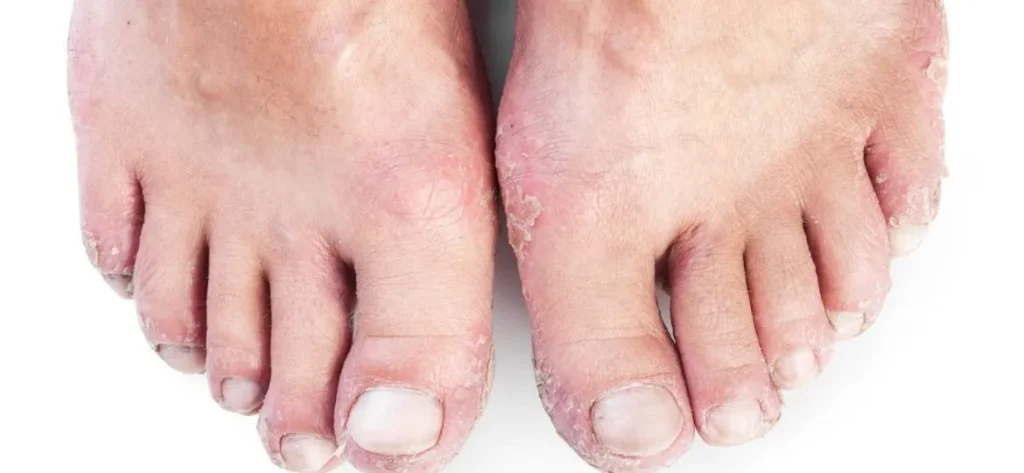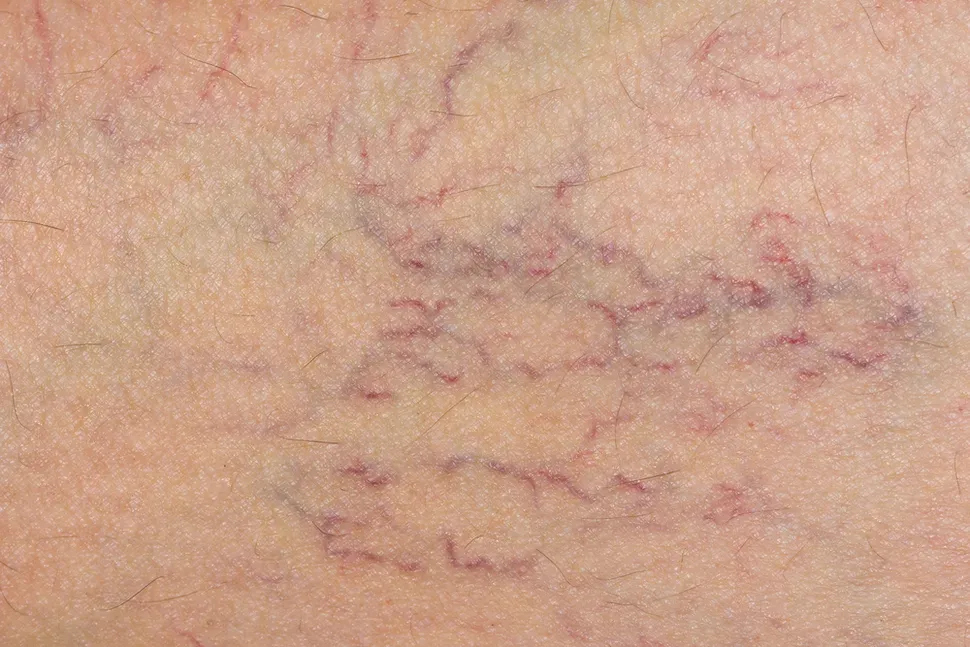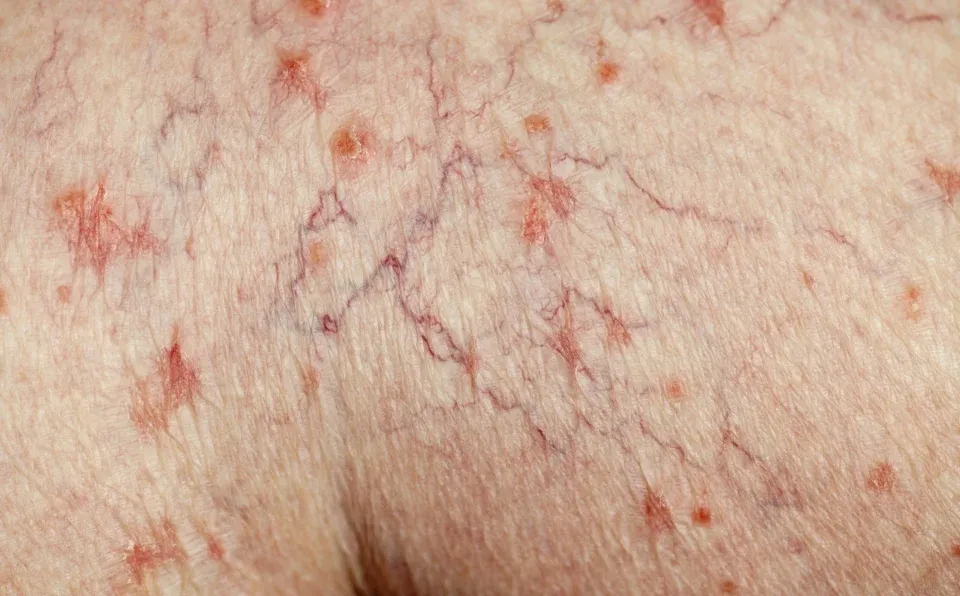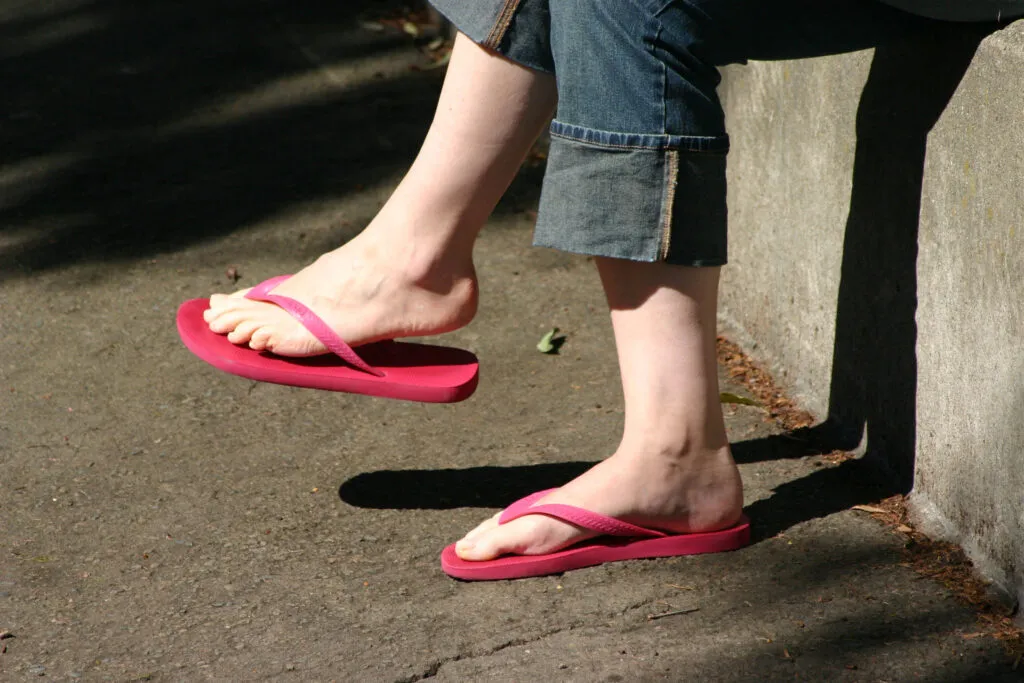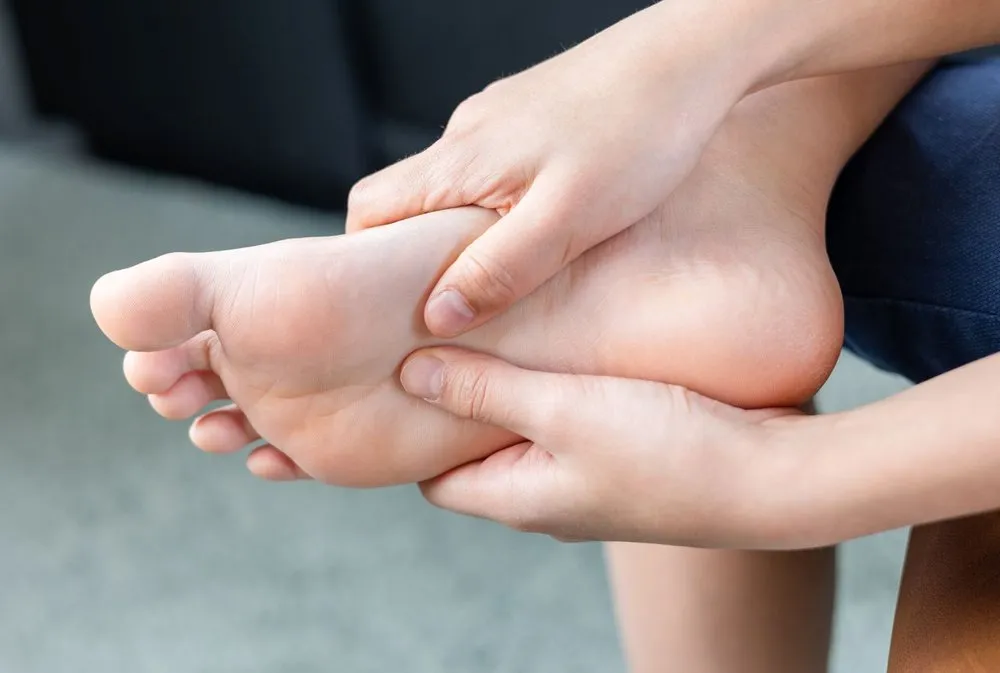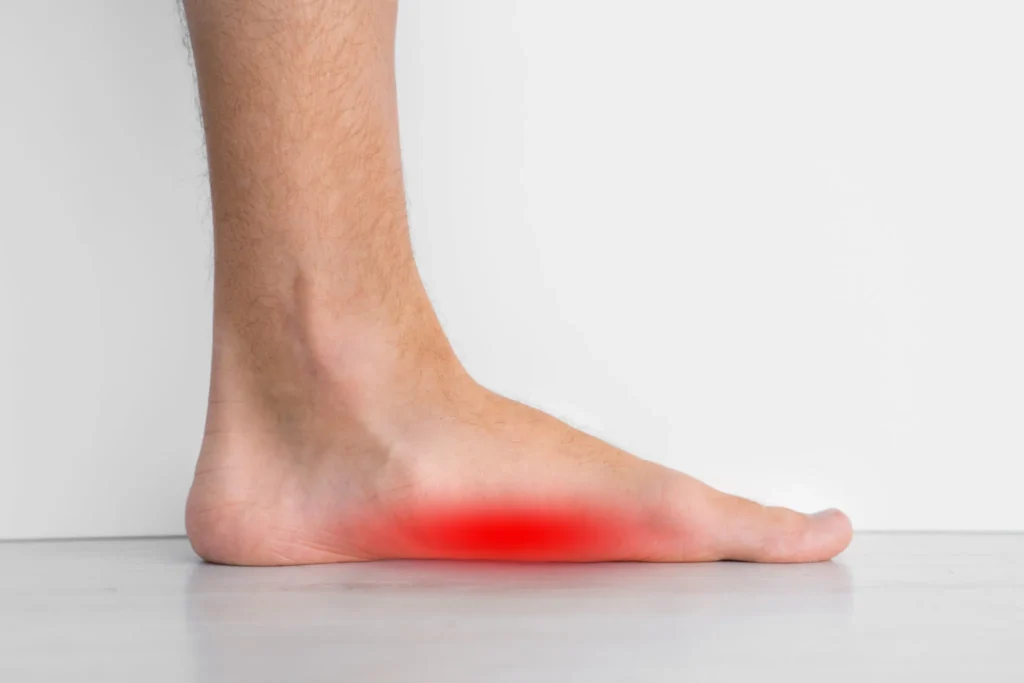Coping with foot pain isn’t much of an option for diabetics. A small sore or cut can mean severe damage for those who are susceptible to nerve damage or poor blood flow due to diabetes. While nerve damage, or diabetic neuropathy, inhibits pain response and often causes diabetic patients to go without noticing an injury to their foot, poor blood circulation makes it harder for your foot to heal properly. This is a dangerous combination, which is why diabetic patients need to pay extra attention to the health of their feet.
Common Foot Problems for Diabetics
While anyone can experience foot pain, diabetics are more likely to do so. This is why it is so important that you check your feet every day for any developing oddities. In addition to meeting with your primary care physician, diabetics should schedule regular appointments with their podiatrist in Boca Raton.
Though the rate of non-traumatic amputations among diabetics has fallen over the past ten years, the risk of lower limb removal remains a legitimate concern for many diabetic patients. Having your podiatrist examine your feet regularly could be the difference between an early diagnosis and severe foot problems.
A few common foot conditions that diabetics are at an increased risk for include:
- Bunions
- Blisters
- Ingrown toenails
- Plantar warts
- Hammertoes
- Athlete’s foot
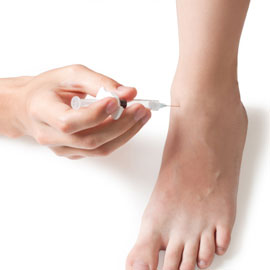
Dry and cracked skin on the bottom of the foot is another common concern that a lot of diabetic patients overlook. Since a lack of blood flow could leave your skin unable to heal properly, deep cracks could let in germs and bacteria, leading to an infection needing medical attention if you are not careful. If your feet are cracked or dry, then it is best to wear socks and shoes at all times.
Preventing Potential Problems
You can avoid serious foot problems by taking care of your feet and engaging in a few preventative tasks regularly.
- Ingrown toenails are easy to prevent by cutting your toenails at least once a week. Don’t cut them too short, and always cut them into the shape of the toe so they continue to grow properly.
- Check your feet every day to make sure there are no new blisters, calluses, or cuts developing anywhere. If you have trouble pulling your feet up to view them yourself, try using a mirror or asking a family member to help.
- Always wear slippers or shoes, even when you are walking around the house. Stepping on a stray piece of glass or stubbing your toe on a chair could cause a cut.
- Make sure your shoes fit properly. If you need assistance finding an orthopedic insert for your shoes to fit better, or if you aren’t sure how well your shoes should be fitting, then talk with your podiatrist.
No one enjoys foot pain, but if you are diabetic then it is even more important that you avoid foot problems at all costs. You can keep your feet healthy for years to come by following these preventative tips and keeping a wary eye out for early signs of some of the most common foot conditions.
